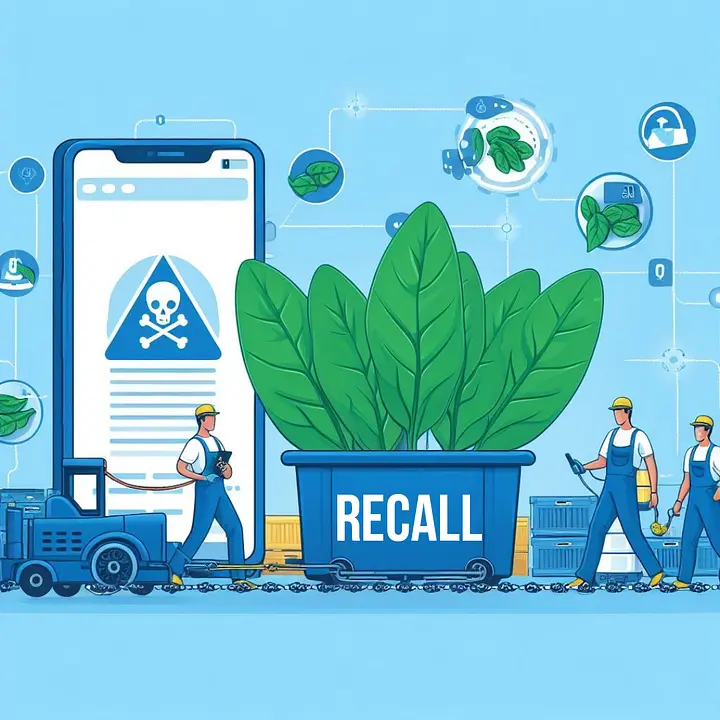Sandbox
Leveraging Blockchain for Recall Control and Precision in Inventory Asset Tracking

In the world of supply chain management and inventory tracking, precision and efficiency are paramount. Accurate inventory management not only ensures seamless operations but also plays a critical role in preventing recalls due to faulty or contaminated products. One technology that’s increasingly proving its worth in this domain is blockchain. In this blog post, we’ll explore how blockchain can help in tackling recall risks in inventory asset tracking and revolutionize the way we manage product quality.
Understanding the Recall Challenge
Recalls are expensive, damaging, and often avoidable. Product recalls can result from various issues, including contamination, quality control errors, mislabeling, and more. Let’s illustrate the significance of this issue with a real-life example involving a food product:Imagine that a dairy company accidentally ships batches of milk contaminated with harmful bacteria. These contaminated milk cartons have already reached store shelves and have been purchased by unsuspecting consumers. If consumed, the contaminated milk could pose significant health risks.
Example: Recall Scenario
A food producer, let’s call them “Fresh Farms,” discovers that one of their batches of spinach is contaminated with Listeria monocytogenes, a harmful bacterium that can cause serious illness or even death. Fresh Farms needs to quickly identify the source of the contamination and recall all affected products.Traditional approach to food recall:
In a traditional recall scenario, Fresh Farms would have to manually trace the contaminated spinach back to its source. This could involve contacting each supplier in the supply chain, one by one, to gather information about where the spinach was grown, harvested, processed, and shipped. This process can be slow and inefficient, and it may not be possible to identify all affected products. Most often, they will have to broadcast to recall the entire batch, and this could be very costly.Blockchain-based approach to food recall:
With a blockchain-based traceability system, Fresh Farms could quickly and easily identify the exact source of the contamination and recall all affected products. Here’s how it would work:- Fresh Farms would enter information about each batch of spinach into the blockchain, including the batch number, the date of harvest, the processing facility, and the shipping destination.
- Each participant in the supply chain would also enter information about the spinach into the blockchain, such as the date they received the spinach, the quantity they received, and the date they shipped it out.
- When Fresh Farms discovers the contamination, they can use the blockchain to trace the contaminated spinach back to its source. This information can then be used to identify all affected products and issue a targeted recall.
- Big retailers such as Walmart and Costco may can notify food safety program-opted-in customers. This way, they can narrow down the affected stores and items quickly and notify consumers to take prompt action. No more broadcasting and wasting time and money on the entire batch of spinach.

